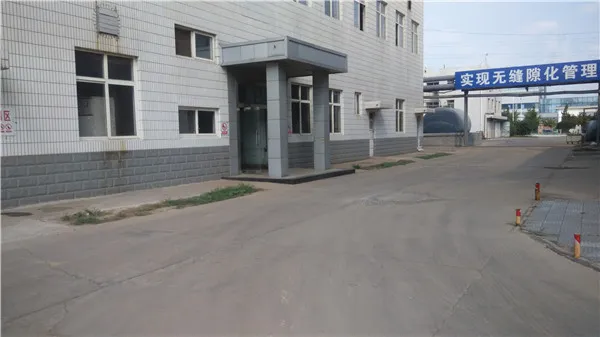Cooling Tower Chemicals Essential Components for Optimum Performance
Cooling towers are essential components in various industrial processes and HVAC systems, allowing for efficient heat exchange by dissipating excess heat into the atmosphere. To maintain their effectiveness and extend their operational lifespan, these systems require regular maintenance and the use of specific chemicals. This article delves into the various chemicals used in cooling tower applications, highlighting their importance and function while ensuring optimal performance and longevity of the equipment.
The Importance of Water Treatment
Water is the lifeblood of cooling towers; however, it is also a medium that can promote various issues such as scaling, corrosion, and microbial growth. Without proper treatment, these problems can severely impact a cooling tower's efficiency, leading to increased energy consumption and costly repairs. The primary goal of using chemicals in cooling towers is to prevent such issues while promoting heat transfer efficiency.
Types of Cooling Tower Chemicals
1. Corrosion Inhibitors Corrosion is one of the most significant problems faced by cooling tower systems. Metal components, like pipes and pumps, can suffer from pitting and general corrosion due to the presence of dissolved oxygen and acidic conditions. Corrosion inhibitors, such as chromates, phosphates, and silicates, are added to the water to form a protective layer on metal surfaces, minimizing corrosion rates and extending the life of the equipment.
2. Scale Inhibitors Scaling is caused by the precipitation of minerals, such as calcium and magnesium, which can deposit on heat exchange surfaces and impact efficiency. Scale inhibitors, often formulated from phosphonates or polyacrylic acids, work by altering the crystallization process of minerals, preventing them from forming solid deposits. This not only improves thermal efficiency but also reduces the downtime associated with cleaning and maintenance.
3. Biocides Cooling towers can harbor harmful microorganisms like bacteria, algae, and fungi, which thrive in warm, wet environments. These organisms can cause biofilm formation, leading to reduced heat transfer efficiency and potential health hazards such as Legionnaires’ disease. Biocides, including chlorine, bromine, and proprietary formulations, are used to control microbial growth. When selecting a biocide, it’s essential to consider factors like water temperature and composition to ensure effective disinfection without harming the cooling system.
4. pH Adjusters Maintaining the correct pH level of the cooling water is crucial for the effectiveness of other chemicals and the prevention of scale and corrosion. The pH should generally be kept between 6.5 and 8.5. Chemicals such as sodium hydroxide (for raising pH) or sulfuric acid (for lowering pH) are commonly used to adjust pH levels.
cooling tower chemicals used

5. Anti-Foaming Agents Foam can interfere with the proper operation of cooling towers by reducing the effective surface area for heat exchange and creating operational inefficiencies. Anti-foaming agents, such as silicone-based products, are utilized to minimize foam formation, ensuring smooth operation and preventing issues related to foam overflow.
Best Practices for Chemical Application
1. Regular Monitoring It is essential to regularly monitor water chemistry parameters, such as pH, conductivity, and microbial levels, to determine the appropriate dosage of chemicals required. Advanced monitoring systems can provide real-time data, allowing for timely adjustments and interventions.
2. Consultation with Professionals Engaging with water treatment specialists can benefit system efficiency and safety. They can provide tailored recommendations based on the specific needs of the cooling tower and the characteristics of the water supply.
3. Environmental Considerations The choice of chemicals should consider environmental implications. Biodegradable and environmentally friendly products can help reduce the ecological footprint of cooling operations.
4. Proper Training Personnel handling chemicals must be adequately trained to ensure safe and efficient usage. Safety protocols should be established to mitigate risks associated with chemical handling.
Conclusion
In conclusion, the use of cooling tower chemicals is vital for preventing scaling, corrosion, and microbial growth, all of which can compromise the performance and reliability of cooling systems. By understanding the different types of chemicals available and adhering to best practices for their application, facilities can ensure the longevity and efficiency of their cooling towers, ultimately leading to energy savings, reduced maintenance costs, and a safer working environment. Regular monitoring and professional advice will further enhance the effectiveness of cooling tower operations, establishing a sustainable approach to industrial and HVAC cooling systems.

